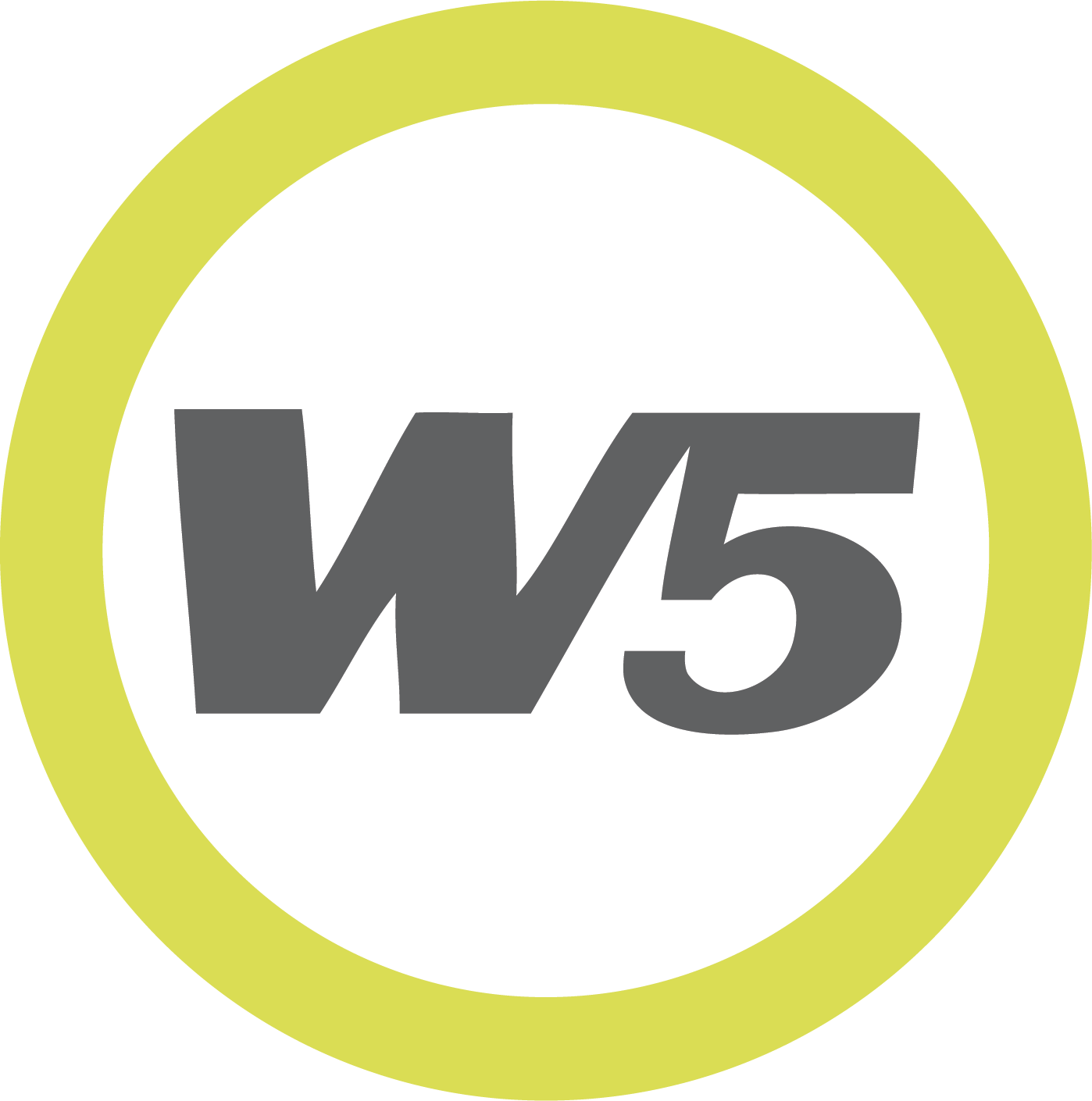From Personalization to Prediction: AI’s Impact on Ad Strategy
By Nick Lowery
AI is steadily moving into the agency world—and depending on how it’s approached, it can be either a threat or a powerful opportunity. Smart agencies are already leveraging it to free up time for more human, strategic, and creative work that deepens their value with clients.
Ninety one percent of U.S. ad agencies are either actively using generative AI tools (61%) or exploring them (30%)—a clear signal AI has moved beyond theory and is now shaping how agencies and clients execute campaigns. On the one hand, AI offers new ways to plan, create, and deliver content. On the other, it raises questions about originality, trust, and what happens when the “human” part of advertising gets automated. Some clients see it as a way to cut costs, while others are wary of losing the emotional connection that makes great ads work in the first place.
How AI Is Shaping Ad Targeting and Planning
One of the clearest ways AI can help agencies is in how ads are targeted. Rather than relying on broad demographic assumptions or guesswork, AI can pull from enormous data sets—like online behavior, purchase history, and audience sentiment—to find consumer patterns. Agencies can use this data to decide where to place ads, when, and in front of whom. This makes campaigns more efficient and focused, reducing waste and increasing ROI.
For example, some clients are using AI-powered tools to help predict which creative will perform best before a campaign even launches. Google and Meta both offer optimization features that lean heavily on machine learning. This allows agencies to test different ad variations and target audiences, before spending real money.
A clear example of AI improving ad placement at scale comes from L’Oréal’s use of Amazon DSP which employs AI-driven bid optimization and real-time targeting across display and video properties. The campaign saw a 20% lift in CTR, 25% more page views, and a 30% spike in direct sales—demonstrating how precise placement, powered by AI, can significantly boost ROI and cut waste.
Photo by Beyzaa Yurtkuran
Faster Creative Development, Not Replacement
Creative development is another area where AI can support teams and meet deadlines faster, while not replacing them. Tools like Runway or Midjourney can help generate mood boards, animatics, or rough drafts more quickly—getting concepts in front of clients or to test audiences. Some agencies are even using AI to speed up storyboard development or voiceover scripting, especially in early concept phases.
This doesn’t mean clients are looking to hand off creativity to machines. In fact, many are skeptical of fully AI-generated ads, especially after seeing content that veers into the "uncanny valley"—where something looks close to human, but not quite, and ends up feeling creepy. Most clients want ideas that feel human, authentic, and emotionally intelligent—something AI may not be ready for yet.
Instead, the smarter move is to let AI handle the repetitive, time-consuming parts of the process so creatives can focus on the meaningful work—telling stories, developing strategy, and connecting with audiences in real ways.
What Clients Are Doing—and Not Doing—with AI
For account and strategy teams, gauging each client’s excitement and comfort level with AI is becoming essential. Understanding where clients stand helps agencies determine which tools to introduce, how to position their services, and where they can provide the most value—whether through tech-enabled efficiencies or the human insights that AI can’t replicate.
But what seems to make an agency truly stand out in this sea of AI tools and tricks?
The answer seems to be differentiation. Agencies can’t just rely on access to tools—they need to show how they can use AI better, smarter, and more creatively than clients can on their own. That includes turning data into insight, using AI to support strategic decisions, and knowing when not to use it. It’s not about having the tech but having the judgment and experience to apply it in ways that align with brand voice.
The Limits of AI—and Why Human Insight Still Matters
AI can be powerful, but it’s not magic. It can analyze behavior, optimize timing, and predict patterns, but it doesn’t understand emotion, culture, or nuance the way people do. A well-targeted message is only as strong as the idea behind it, and that still comes from human insight. Additionally, consumers have learned to stop AI-generated creative in the wild and many are pushing back against it.
That’s why agencies that thrive will be those that treat AI as a collaborator, not a replacement. The goal shouldn’t be to do the same work faster—it should be to make better work by freeing up people to be more creative and strategic. That might mean smaller, more focused teams using AI to handle the data grunt work while leaning harder into emotional storytelling and brand building.
Looking Ahead: Building Hybrid Teams
The future isn’t AI-only—it’s AI-plus-human. Some agencies are already forming hybrid teams that combine machine learning specialists, data analysts, and creative strategists. Others are building internal AI tools to keep control over how the tech is used. We’re also seeing more collaboration between agencies and clients to co-develop AI strategies that fit both sides.
At W5, we’re not trying to be an AI-first agency. Instead, we’re focused on being AI-ready: learning how to use these tools where they make sense and combining them with the thinking and research we already do well.
If you're rethinking how your team works with AI and want a research partner who understands both the tools and the people, let’s talk.

